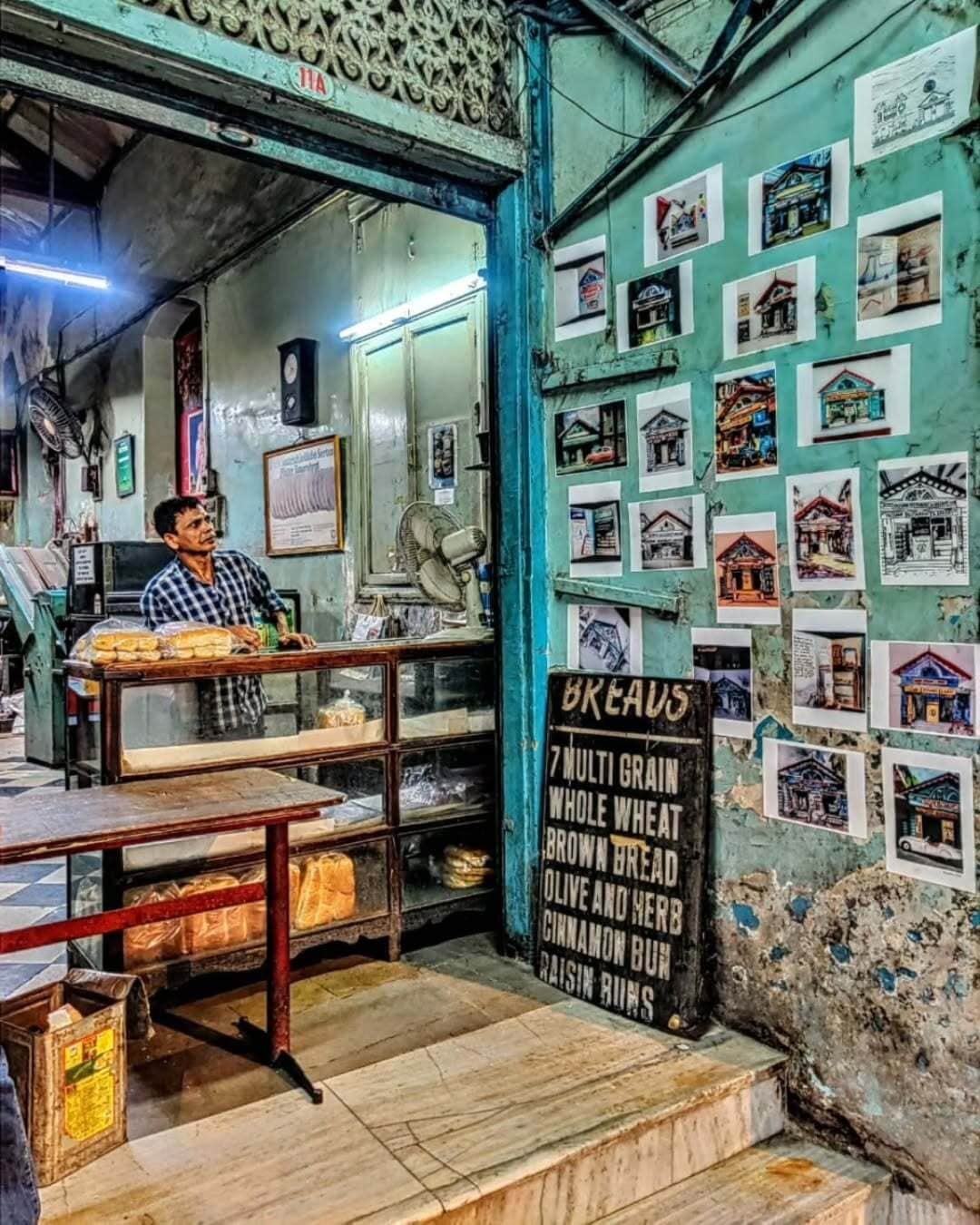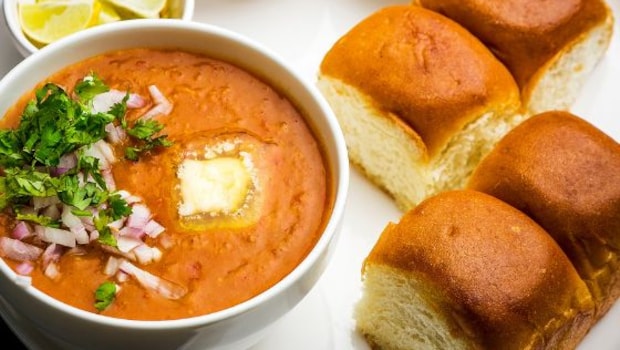In Mumbai, pav began as an affordable and accessible staple for certain people. Today, it is consumed and cherished by people from all walks of life. While the city's food culture has evolved significantly over the decades, the ladi pav has retained its status as a humble icon. Thanks to the popularity of classic combos like vada pav, misal pav, pav bhaji, omelette pav, etc., it boasts a loyal following unlike any other bread in the city. It is impossible to imagine Mumbai's food scene without pav. But recent regulatory changes are raising questions about its future.
Also Read: Mumbai Named 5th Best Food City In The World - See Which Other Indian Cities Were Ranked
How Is Mumbai Pav Made?
Pav is a type of plain bread - it doesn't have any strong flavour of its own. In Mumbai, pav is traditionally baked in wood-fired ovens. This age-old technique, combined with bulk fermentation (and even Mumbai's climate conditions), is what gives the bread its distinctive texture and soft, springy bite. Wood-fired ovens with tall chimneys are commonly found in many small neighbourhood bakeries across the city.

Why Is Mumbai Pav (In Its Current Form) Under Threat?
Last year, the Mumbai-based Bombay Environmental Action Group published a study highlighting how wood-fired ovens contribute to air pollution in the city, which has been steadily rising in recent times. Bakeries were said to be responsible for around 5% of the total emissions. Apart from the smoke generated by burning wood, they were also found to release other toxic compounds as part of the process. In January 2025, a special bench of the Mumbai High Court directed the government to ensure bakeries switch to non-polluting energy sources within the next six months. Thereafter, the Brihanmumbai Municipal Corporation (BMC) issued notices to bakeries to start using cleaner alternatives such as electric, LPG, CNG, or PNG ovens. Later, the HC extended the deadline for compliance to July 28, 2025.
While some Mumbai bakeries managed to make the transition in time, others have struggled to adapt due to several reasons. Wood-fired ovens cannot be simply replaced by other ovens. It implies a lot of expenses and structural changes to the establishments, along with other practical concerns. Even if bakeries can afford to spend more on fuel, they still have to consider the availability of gas/electric ovens, their relative efficiency and challenges regarding gas/electricity connections in certain parts of the city. Many business owners have spoken up about the need for more time and subsidies to make such significant changes in operations.
Mumbai Pav Without Wood-Fired Ovens: Economic And Practical Challenges

Small, heritage bakeries are cherished for their traditional pav. Photo Credit: Instagram/ yazdanibakery
While the transition away from wood-fired ovens is better for the environment, it comes with higher costs. Dismantling old setups, installing new ovens, and operating electric proofers can be expensive for small-scale bakers. Rising electricity and fuel costs add to the pressure. Larger industrial bakeries with modern infrastructure have a clear advantage in this situation. However, for the longest time, the smaller bakeries (many of which are family-run and centuries-old) have been the custodians of Mumbai's favourite ladi pav.
Another looming impact is price. If bakeries are forced to embrace more expensive fuel sources like gas and electricity, they would have to increase the price of the ladi pav to remain profitable. Much of pav's popularity is directly associated with its lower cost. Higher prices would alienate regular customers who rely on it for daily sustenance.
Moreover, people are also worried about the change in taste. Pav made in wood-fired ovens has a texture and flavour that is difficult to reproduce with other methods. If smaller bakeries are unable to adapt, Mumbai risks losing not just businesses but also the distinct character of its ladi pav.
Also Read: This Mumbai Restaurant Has Been Named One Of The 'World's Greatest Places' For 2025

Pav is paired with a wide variety of foods in Mumbai. Pav bhaji is an iconic pairing. Photo Credit: iStock
Mumbai Pav: Environmental Concerns Versus Culinary Legacy
The directive has also sparked debates about who should bear the burden of the changes required for environmental protection. Traffic and construction are contributing to air pollution in the city much more than wood-fired bakeries. Therefore, critics argue that the authorities should focus on regulating those areas before endangering the future of small businesses. Others have argued in favour of starting with the easiest 'fix,' since pollution in Mumbai seems to be spiralling out of control.
Another dimension of the debate is also about the balancing of environmental concerns with culinary legacy. The pav is more than just bread; it has become an integral part of Mumbai's identity. If the smaller bakeries cannot survive the transition, we may lose the "OG" ladi pav in its most authentic form.






